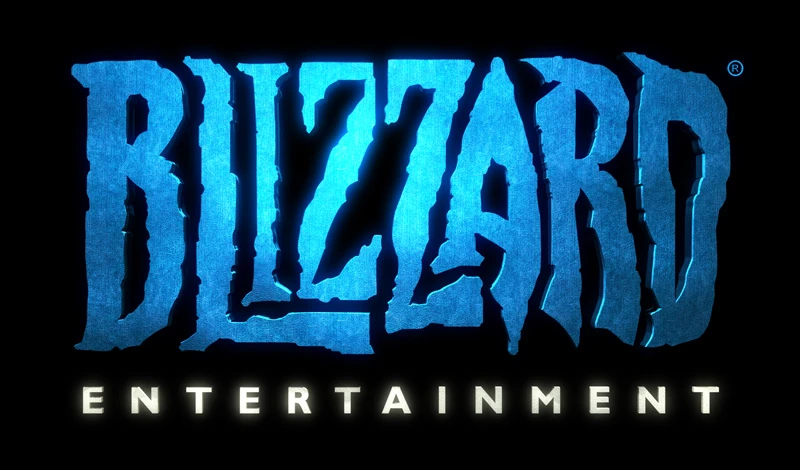Blitz News Digest
Stay updated with the latest trends and insights.
Why Blizzard Games Are the Perfect Recipe for Addiction
Discover the secret formula behind Blizzard games and why they hook players—explore the addictive magic that keeps fans coming back for more!
The Psychology Behind Blizzard Games: What Makes Them So Addictive?
Blizzard games have long been a staple in the gaming community, renowned for their immersive worlds and engaging storylines. One psychological factor that contributes to their addictive nature is the concept of variable reinforcement. Players are often rewarded at unpredictable intervals, creating a sense of anticipation and excitement that keeps them returning to the game. This mechanism is similar to gambling, where the unpredictability of rewards can lead to compulsive behaviors. Additionally, the strong social connections and guild dynamics within games like World of Warcraft foster a sense of belonging and commitment that enhances player investment.
Another significant element is the flow state that many players experience when engaged in Blizzard games. This psychological state occurs when players are fully immersed, balancing challenges with their skills, leading to heightened focus and enjoyment. When players feel a continuous challenge that is achievable, they are more likely to lose track of time and keep playing. Furthermore, the incorporation of well-developed characters and narratives allows players to form emotional attachments, making it difficult to step away. In essence, the blend of reward systems, social interaction, and immersive experiences creates a compelling draw that keeps players coming back to Blizzard games.

Leveling Up: How Progression Systems in Blizzard Games Hook Players
Blizzard games have mastered the art of progression systems that effectively hook players from the moment they start playing. Whether it's the thrilling ascent through the levels in World of Warcraft or the intricate skill trees in Diablo, these systems create a sense of accomplishment and motivation that keeps players engaged for hours. Players are incentivized to invest time and effort, often resulting in addictive gameplay experiences that blend challenge with reward. The feeling of progression is not merely about gaining levels; it's about unlocking new abilities, encountering tougher challenges, and feeling a genuine sense of growth as a character evolves over time.
Moreover, the incorporation of cosmetic rewards and achievement systems further enhances player investment. In games like Overwatch, players are compelled to level up not just for character stats but also for unique skins and emotes that showcase their in-game achievements to others. This dual focus on performance and aesthetics fosters a vibrant community where competition thrives, and players feel a shared sense of purpose. Ultimately, these well-crafted progression systems serve as a key mechanism that keeps Blizzard's player base not just engaged but eager for more, highlighting the powerful role of progression in modern game design.
From Lore to Gameplay: Why Blizzard's Storytelling Keeps Players Coming Back
Blizzard Entertainment has mastered the art of storytelling, weaving rich narratives that resonate with players on a personal level. From the epic lore of World of Warcraft to the haunting tales found in Diablo, Blizzard's world-building engages players by immersing them in a universe filled with compelling characters and intricate plots. These stories often transcend the games themselves, spawning novels, comics, and animated shorts that expand the narrative landscape. As players explore these narratives, they become emotionally invested, which in turn enhances their gameplay experience and fosters a loyal community eager to return.
Moreover, Blizzard's innovative approach allows gameplay to intertwine seamlessly with the story. Quests are designed not just as tasks but as chapters in an unfolding saga, encouraging players to engage more deeply with the plot. For instance, in Overwatch, each character comes with a unique backstory that players can uncover through various game modes, enriching the overall experience. This combination of lore and gameplay creates a compelling loop that keeps players coming back, eager to delve deeper into the narratives that shape their gaming journeys.